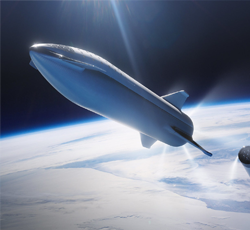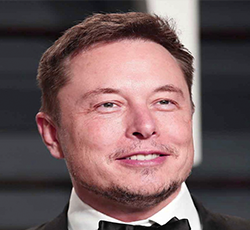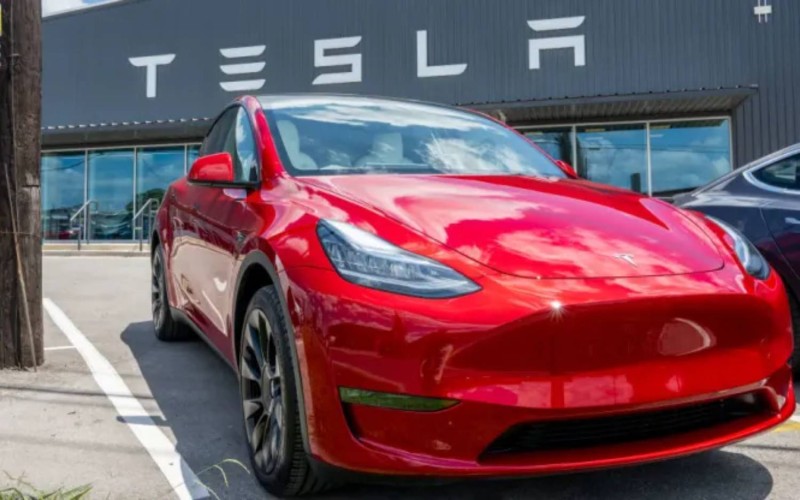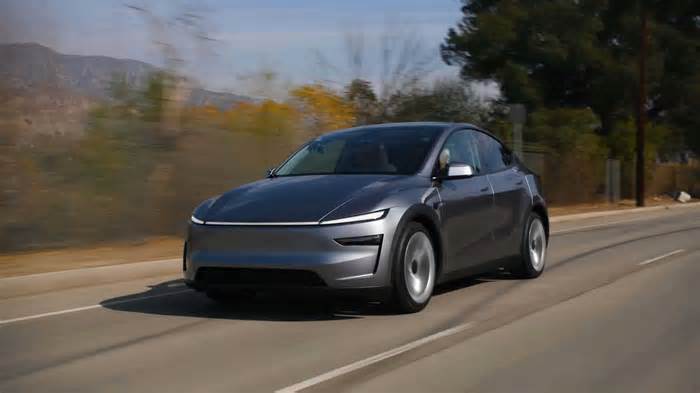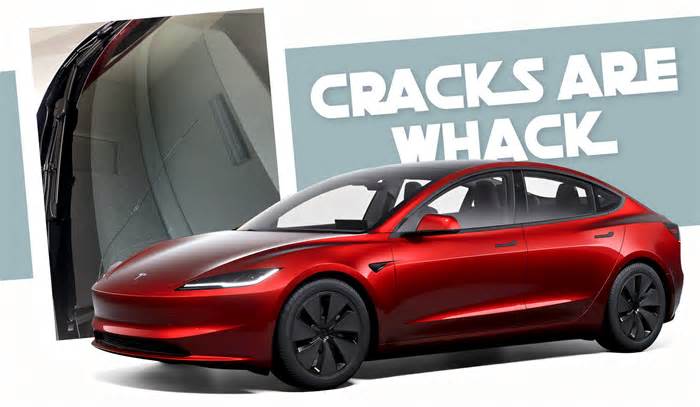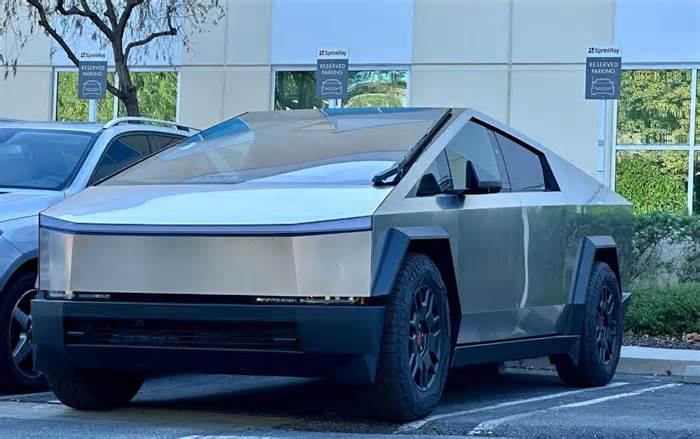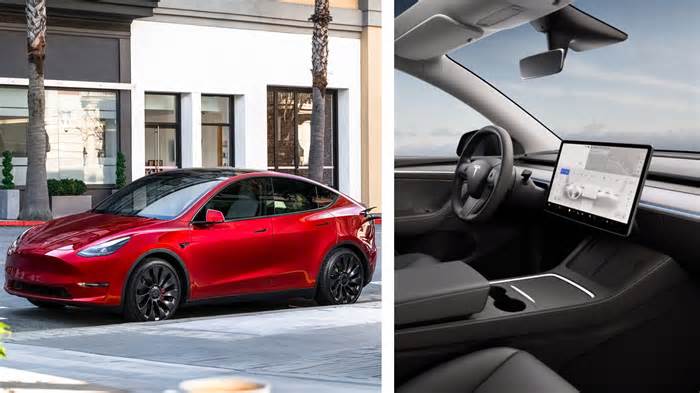
I Spend More Money Charging My Tesla Model 3 on Superchargers Then I Would Spend on Gas
- by Torque News
- Feb 20, 2025
- 0 Comments
- 0 Likes Flag 0 Of 5
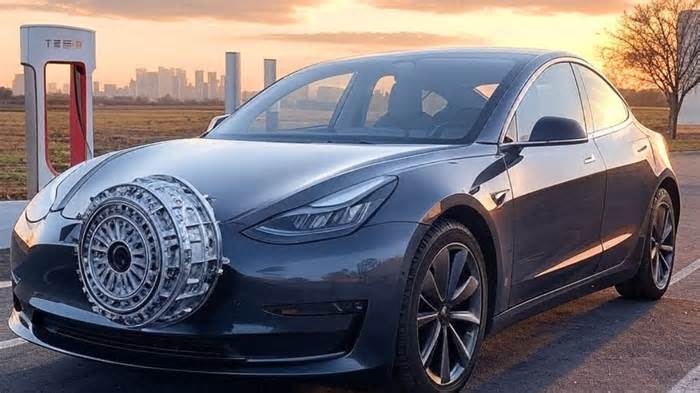
When most people switch to an electric vehicle (EV), they expect to save money on fuel. The narrative has long been that electricity is cheaper than gasoline, and that’s largely true if you charge at home. But what happens when you rely on public charging stations like Tesla Superchargers? One Tesla Model 3 owner had an eye-opening experience that raises an unexpected concern for EV owners.
The Surprising Cost of Supercharging a Tesla Model 3
A Tesla Model 3 owner named Tommy Lee recently shared his experience in a Tesla Model 3 Facebook group, and his findings shocked many. He wrote:
“I have determined I spend more money charging my Tesla Model 3 on Superchargers than I would spend on gas. It cost $42 to drive 332 miles in my Model 3P. That's insane! My compact SUV gets 33 mpg and has a 15-gallon tank. I get 500 miles on a tank and it only takes $40 to fill it up from empty. That's 168 miles difference. So much for saving gas money.
Note. Idk why people are so upset about this post. I just feel like people should know these things before buying a Tesla. Also, I charge at home. This was just a renter on Turo that had my car. And I was shocked to see the amount he spent on charging while only driving 300 miles.”
Here is the Model 3 supercharging session cost's screenshot Tommy shared in the group with his post.
Tommy’s realization is something many new EV buyers don’t expect: Superchargers are not cheap, and in some cases, they can cost as much as - or more than - gasoline.
Maintenance vs. Charging: The Real Savings Debate
Maria Medina piped up with a fresh take: “I believe the real savings in Tesla is maintenance long-term but supercharging is not cheap. Home charger is better.” Now, Maria’s speaking my language! EVs like the Model 3 skip oil changes, tune-ups, and a laundry list of gas-engine headaches. A Tesla can save you thousands over years compared to, say, Tommy’s SUV, which’ll need regular TLC. But if you’re stuck Supercharging, those savings get eaten up faster than a free donut at a car meet. It’s an unconventional idea—maybe the EV edge isn’t in fuel costs but in keeping your mechanic on speed dial less often.
Joel A Davis added fuel to the fire: “That's why Hertz dumped all of theirs, without home charging the experience isn't the same. Imagine if you had to go to some place and pay extra money to charge your cell phone!” Joel’s hitting on a disturbing finding here. Hertz famously offloaded a chunk of its Tesla fleet, partly because renters couldn’t charge at home and got slammed with Supercharger bills.
This statement touches on an important EV ownership factor: unless you can charge at home, you’re at the mercy of public charging networks. The issue of high public charging costs played a major role in Hertz’s decision to offload its EV fleet.
Performance vs. Economy: Apples and Oranges?
Gökhan GK brought some horsepower to the chat: “You said it yourself -- your compact SUV that's made for economy versus your M3P that's made for speed and excitement. Also... nobody claims savings while using superchargers.” Bingo! Tommy’s Model 3 Performance isn’t built to sip electrons—it’s a rocket on wheels, trading efficiency for thrills. It gets about 300 miles per charge, while a standard Model 3 might stretch to 350. That SUV, designed to stretch every gallon, isn’t playing the same game. It’s an unusual behavior to compare them head-to-head, but it’s a point of view that’s different from the norm—and it’s got me hooked.
For those curious about how older Model 3s compare in range and efficiency, this real-world analysis provides valuable insights.
Thomas Gay sealed the deal: “You are correct. You save the money by home charging. Cost me $11, superchargers cost about $35-40 around me. Only use them for emergencies and traveling.” Thomas is the voice of reason in this electric storm. Superchargers are like roadside diners—handy when you’re desperate, but not your daily bread. Curious about the nitty-gritty? Dive into How Much Does It Cost to Charge a Tesla Model Y From 0 to 100 at Home, Supercharger, Shopping Center for a breakdown that’ll clear the fog.
Digging Deeper: What’s Your Charging Style?
Tommy’s tale isn’t just a one-off—it’s a wake-up call. If you’re eyeing a Tesla, where you charge matters more than you think. Home charging’s the golden ticket, but not everyone’s got a garage or a plug. For folks like me, who’ve read Getting Public Charging Only On My 6-Year-Old Tesla Model 3, it’s clear that relying on public stations can turn savings into a pipe dream. And if you’re wondering about range, My 2018 Tesla Model 3 Is Good for 271 Miles of Range Fully Charged - Is That Normal? spills the tea on how age and use tweak your mileage.
Here’s a kicker: some owners dodge charging costs entirely. Peek at I Haven’t Paid to Charge My Tesla in Over a Year - Here’s What Makes That Possible for a clever hack that’ll make you jealous. Meanwhile, Tommy’s renter learned the hard way that Superchargers can sting. It’s a surprising event that’s oddly relatable—kinda like finding out your favorite diner jacked up the price of coffee.
The Bigger Picture: EVs in the Real World
Please first to comment
Related Post
Stay Connected
Tweets by elonmuskTo get the latest tweets please make sure you are logged in on X on this browser.
Sponsored
Popular Post
tesla Model 3 Owner Nearly Stung With $1,700 Bill For Windshield Crack After Delivery
35 ViewsDec 28 ,2024
Middle-Aged Dentist Bought a Tesla Cybertruck, Now He Gets All the Attention He Wanted
32 ViewsNov 23 ,2024





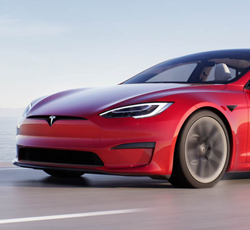
 Energy
Energy